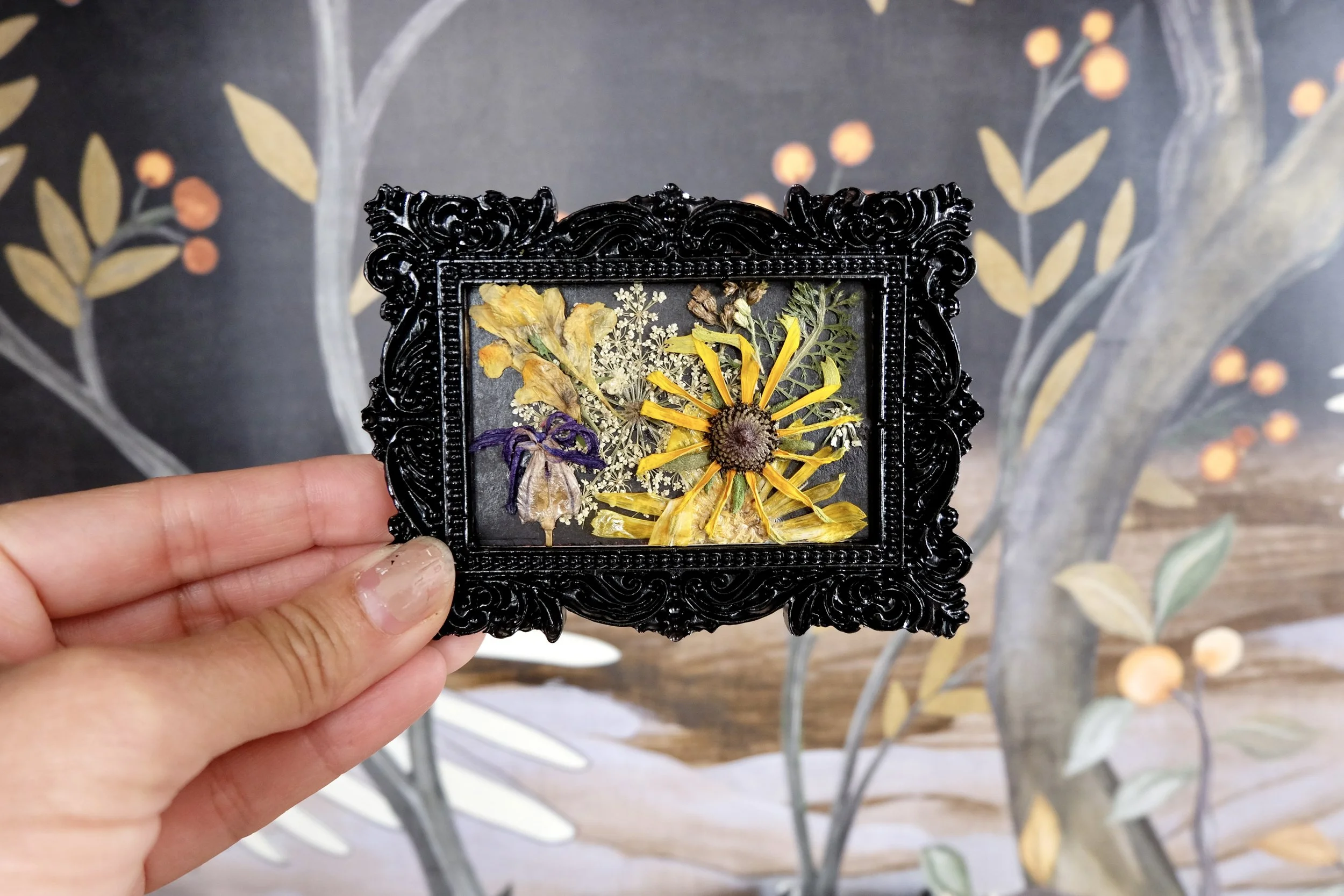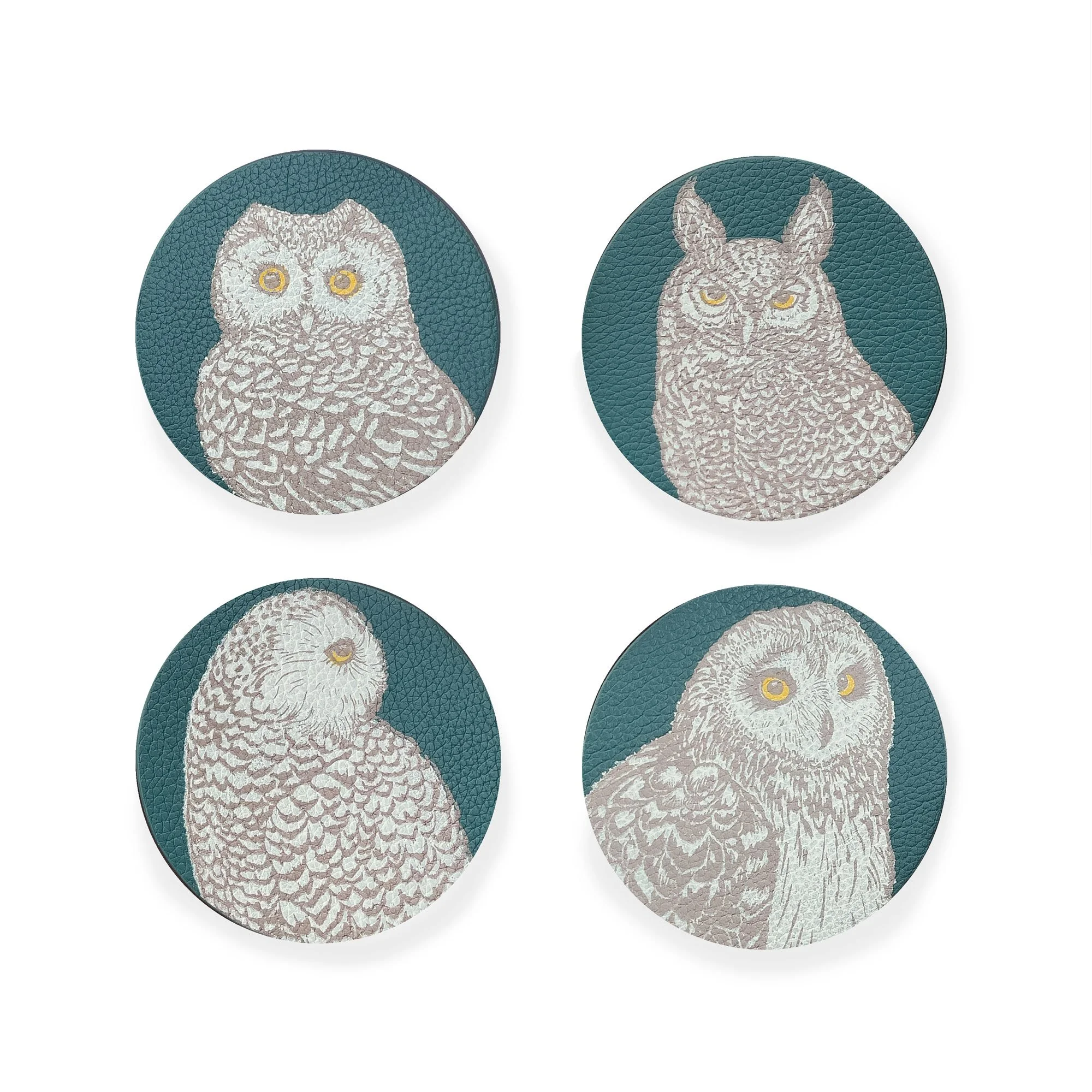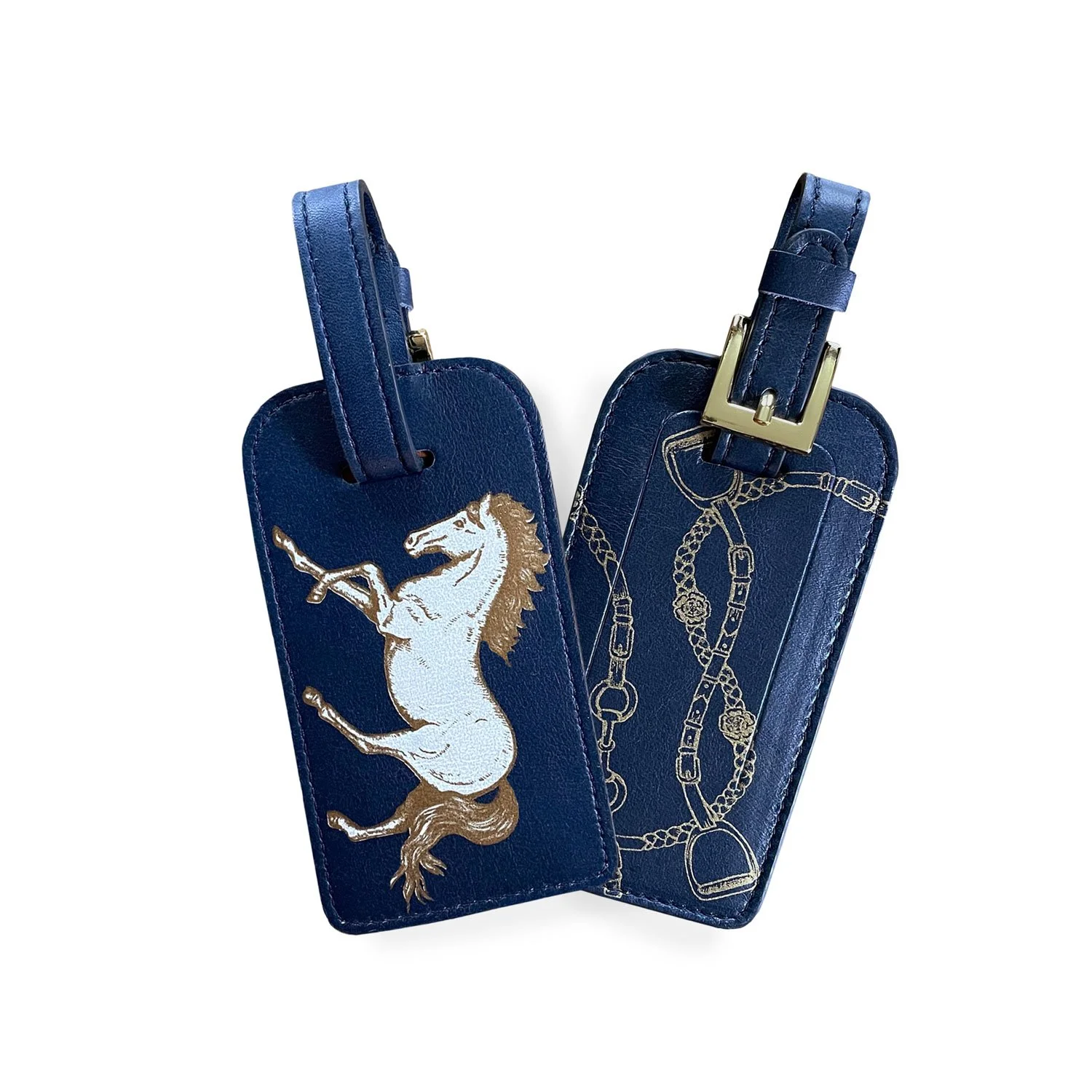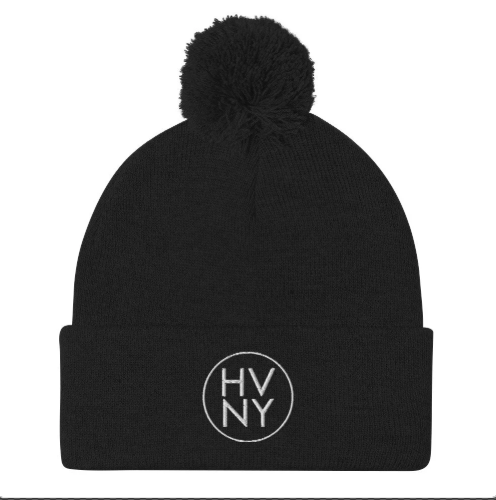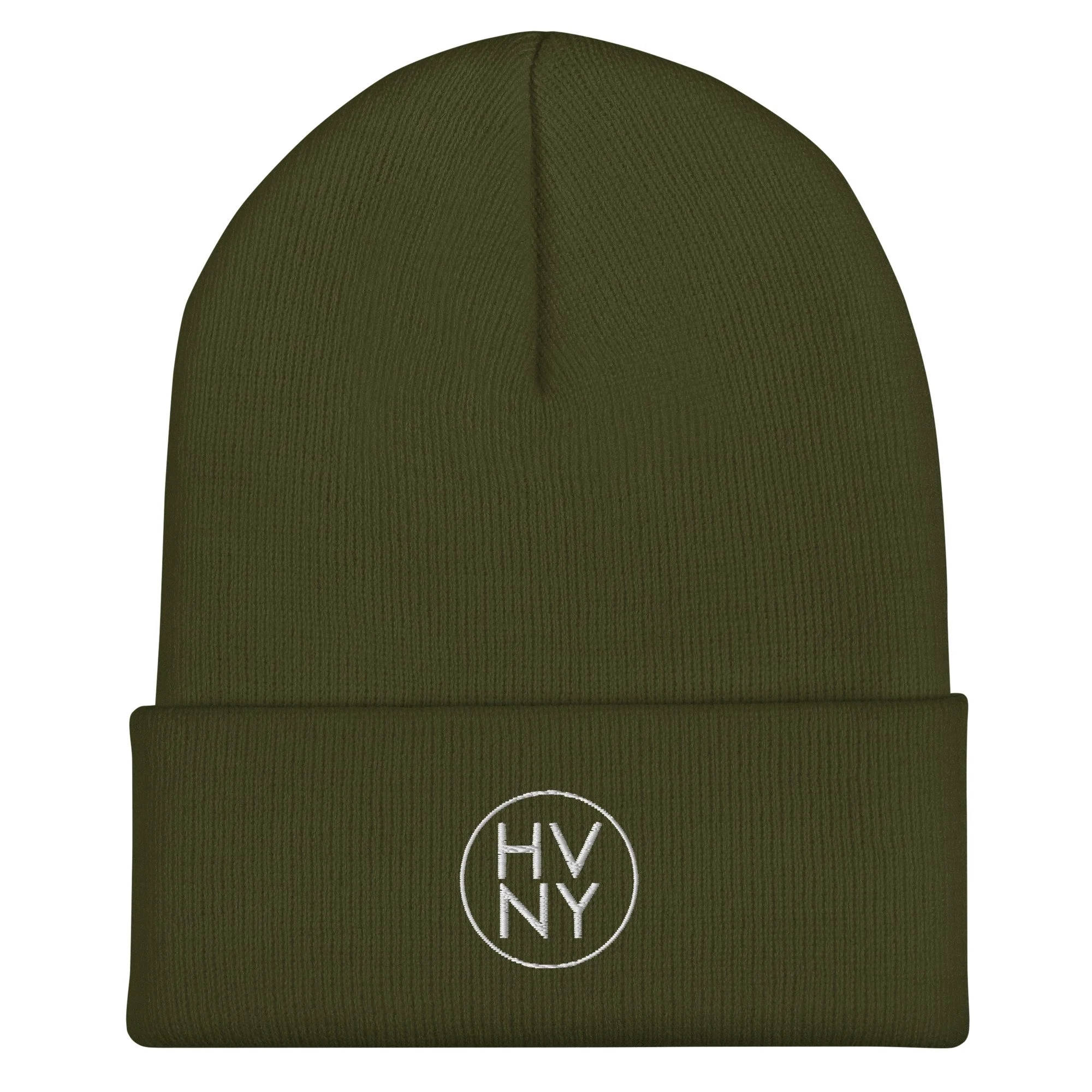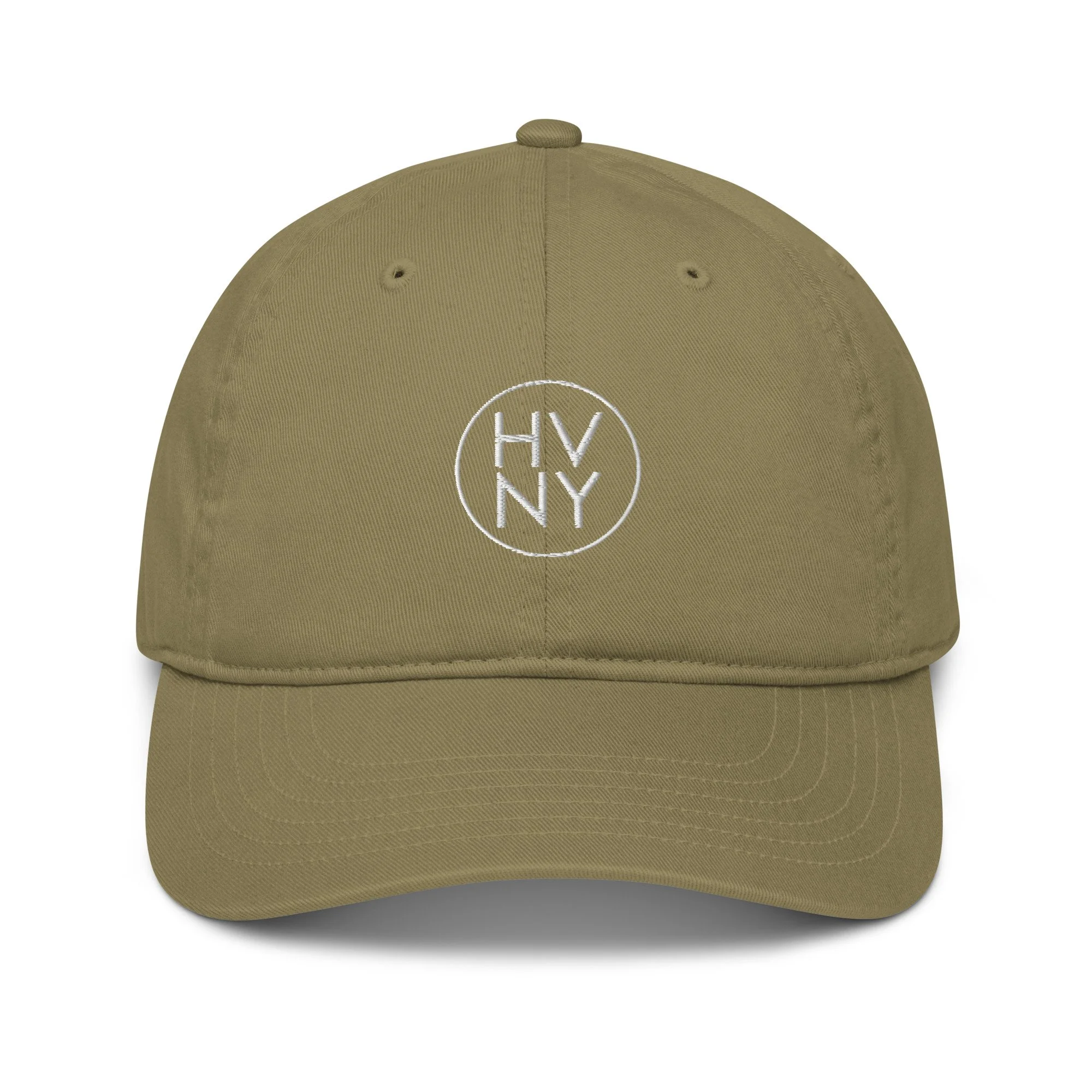Tips for Hunters + Hikers
Heading out? Be sure to don this season’s hottest color: Blaze Orange (or pink)
The regular firearm hunting season opens in our region on November 19 and runs through December 11, 2022.
"The regular firearms season for deer and bear in New York's Southern Zone is the state's most popular big game hunting season, drawing hundreds of thousands of hunters afield each year," according to NYS DEC Commissioner Basil Seggos. "As a cherished annual tradition in New York State, these hunting seasons are managed to maximize conservation value and balance deer and bear populations, while providing more than 11 million pounds of quality, locally grown, organic meat to families statewide.”
Following the regular deer and bear seasons in the Southern Zone, late bowhunting and muzzleloading seasons will run from December 12 through December 20, and again from December 26 through January 1, 2023.
Daily hunting hours for deer and bear now include the full daylight period, beginning 30 minutes before sunrise and continuing until 30 minutes after sunset. Hunters are advised to check the sunrise and sunset times before hunting each day.
Hunters should also remember that anytime they are pursuing deer or bear with a firearm, they must now wear fluorescent orange or fluorescent pink clothing-either a hat, vest, or jacket visible in all directions.
Here are some tips for hunters and hikers to be able to fully enjoy the season:
Be bright! Hunters, hikers and outdoor enthusiasts should wear blaze orange or pink fluorescence
Check hunting hours: Big game hunting hours are 30 minutes before sunrise and continuing until 30 minutes after sunset. Sunday hunting is allowed in all areas of New York. There are some local exceptions. Check the area that you hunt carefully. For hunting on state parks, confirm regulations with the park before hunting.
Never climb in or out of a tree stand with a loaded firearm;
Hunters and hikers should tell friends and relatives where they will be going and when they will return. A map showing the tree stand location makes it easier for others to find a hunter if they do not return on time.
The four rules of firearm safety:
Treat every firearm as if it is loaded;
Always keep the muzzle pointed in a safe direction;
Hunters should keep their fingers off the trigger and outside the trigger guard until ready to shoot; and
Always be sure of the target and what is beyond.
Dress appropriately – dogs included!
Hikers should be aware that they may meet hunters bearing firearms or archery equipment on public trails, the DEC says. Hunters should, likewise, recognize that they may encounter non-hunters while afield. Hunting accidents involving non-hunters are extremely rare.
DEC requires big game hunters using a firearm to wear hunter orange or pink and encourages non-hunters to wear blaze orange, blaze pink, or another bright color during fall and winter months to be seen more easily and from greater distances. In addition, wearing bright colors makes it easier for Forest Rangers, Environmental Conservation Police Officers, and other rescue personnel to find lost, sick, or injured people afield.
Pet owners are also encouraged to affix a bright colored vest or scarf on their dogs and keep pets leashed at all times.
See here for more hunting info + regulations from the DEC: https://www.dec.ny.gov/outdoor/8305.html
Keep an eye out for ill deer
During the 2021-22 hunting seasons, the season's harvest was down 17 percent, and data points to a few factors for a cause including the resurgence of Epizootic Hemorrhagic Disease in certain regions of New York State.
Earlier this year, the DEC confirmed a white-tailed deer in the Town of Dover Plains (Dutchess County) died after contracting Epizootic Hemorrhagic Disease (EHD). This detection marked the first EHD confirmation in New York for 2022. DEC has been investigating reports of several other dead deer from Dutchess County.
EHD virus is an often-fatal disease of deer that is transmitted by biting midges - small bugs often called no-see-ums or 'punkies.' The disease is not spread directly from deer to deer and humans cannot be infected by deer or bites from midges.
The EHD virus was first confirmed in New York in 2007 with relatively small outbreaks in Albany, Rensselaer, and Niagara counties, and in Rockland County in 2011. In 2020, a large EHD outbreak occurred in the lower Hudson Valley, centered in Putnam and Orange counties, with reports from the public of approximately 1,500 dead deer. In 2021 the outbreak shifted and DEC received more than 2,000 reports of dead deer primarily in Ulster, Dutchess, Columbia, Oswego, and Jefferson counties.
Chronic Wasting Disease (CWD) also continues to spread in other states, and hunters have great responsibility to prevent CWD introduction to New York. CWD is always fatal to deer. If introduced, CWD could spread rapidly and be practically impossible to eliminate once established. Hunters can help protect New York's deer herd from CWD by following these tips
If you hunt any type of deer, elk, moose, or caribou outside of New York, you must debone your animal before bringing it back. See CWD Regulations for Hunters. DEC will confiscate and destroy illegally imported carcasses and parts, including whole deer and deer heads.
Do not use deer urine-based lures or attractant scents, as these could contain infectious material.
Dispose of carcass waste in a landfill, not just on the landscape.
Report any deer that appears sick or is acting abnormally.
Hunt only wild deer and support fair chase hunting principles.
Hunters should not handle or eat deer that is acting unusual or appears sick. Report sick or dying deer to your nearest DEC Regional Office or to an Environmental Conservation Police Officer.
ADVERTISEMENT




